A severe 7.1 magnitude earthquake hit southern Japan on Thursday afternoon, prompting a quick tsunami warning for much of the region.
Because Japan is on the “Ring of Fire,” it is often considered to be an incredibly earthquake-prone country, as it has quakes more than any other place in the world.
A Powerful Earthquake Rocks Japan
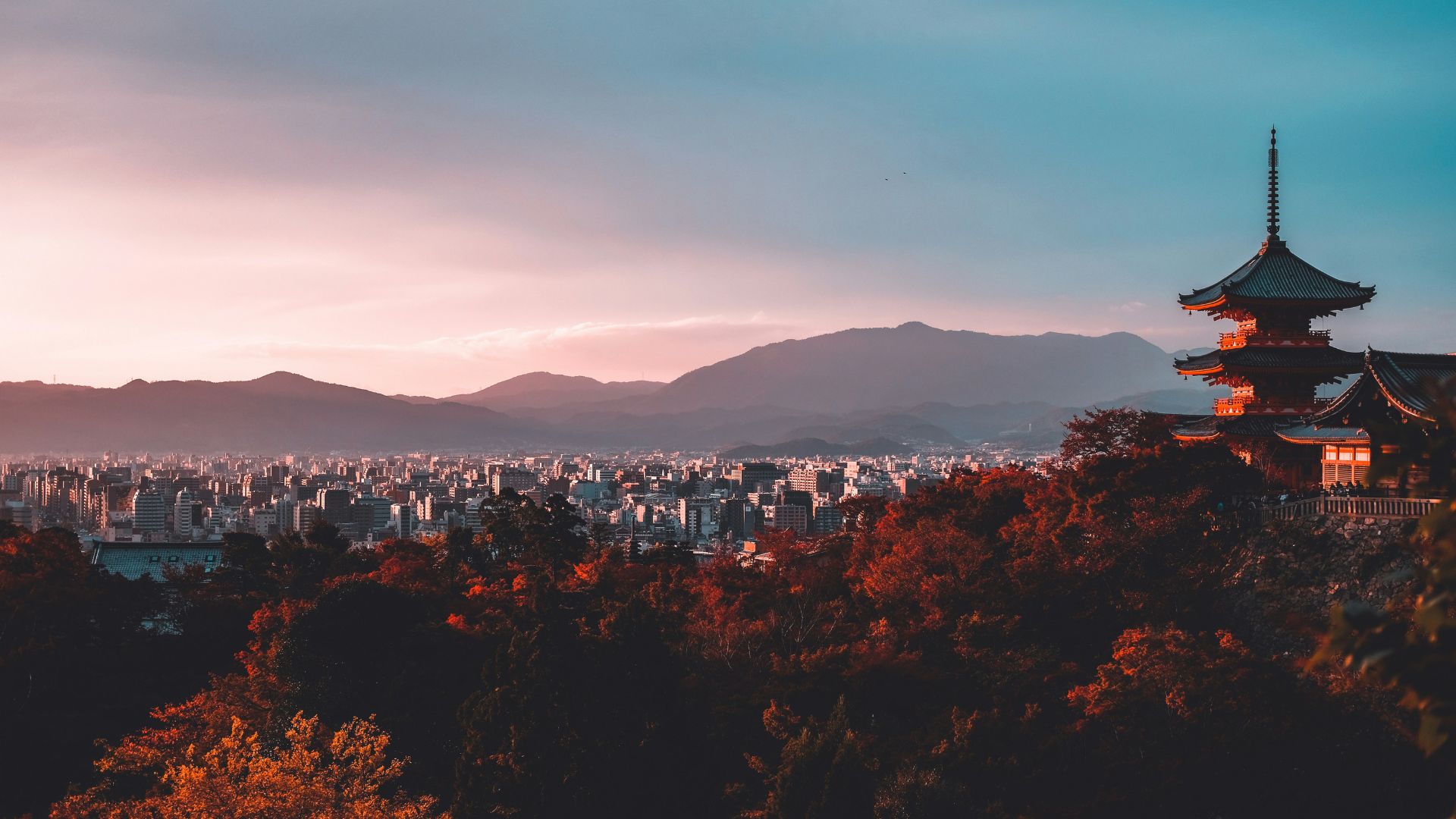
This latest 7.1 earthquake hit just off the southern coast of Japan, less than 20 miles off of Miyazaki, located in the Hyuganada Sea.
According to the United States Geological Survey, this quake occurred around 4:43 p.m. local time on Thursday. It had a depth of about 17 miles.
Checking on Nuclear Plants
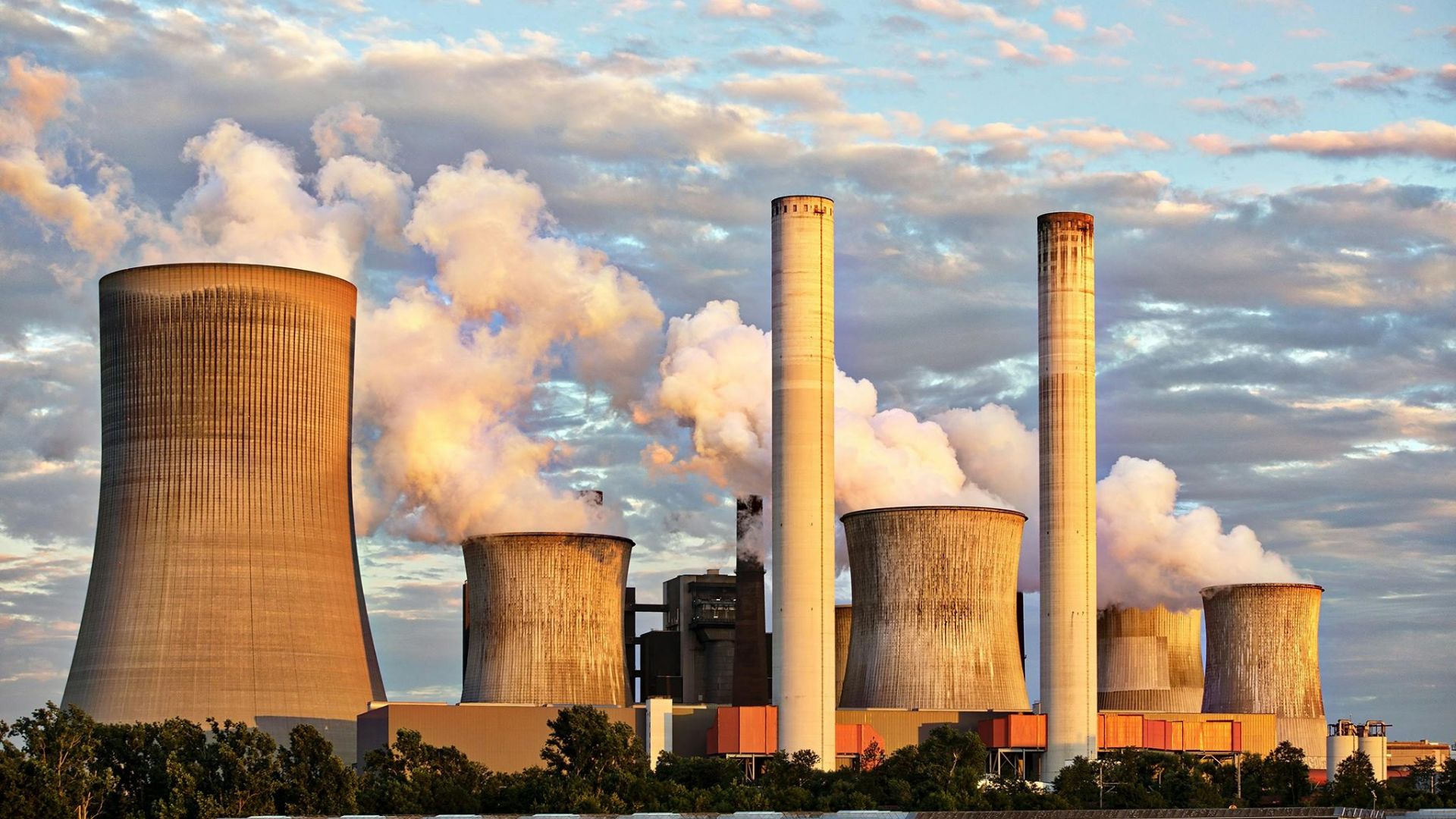
Japanese officials have revealed they are checking on their nuclear plants in Kyushu and Shikoku to ensure that they are not damaged by this severe earthquake.
So far, no issues have been detected at these plants.
A Dangerous Quake
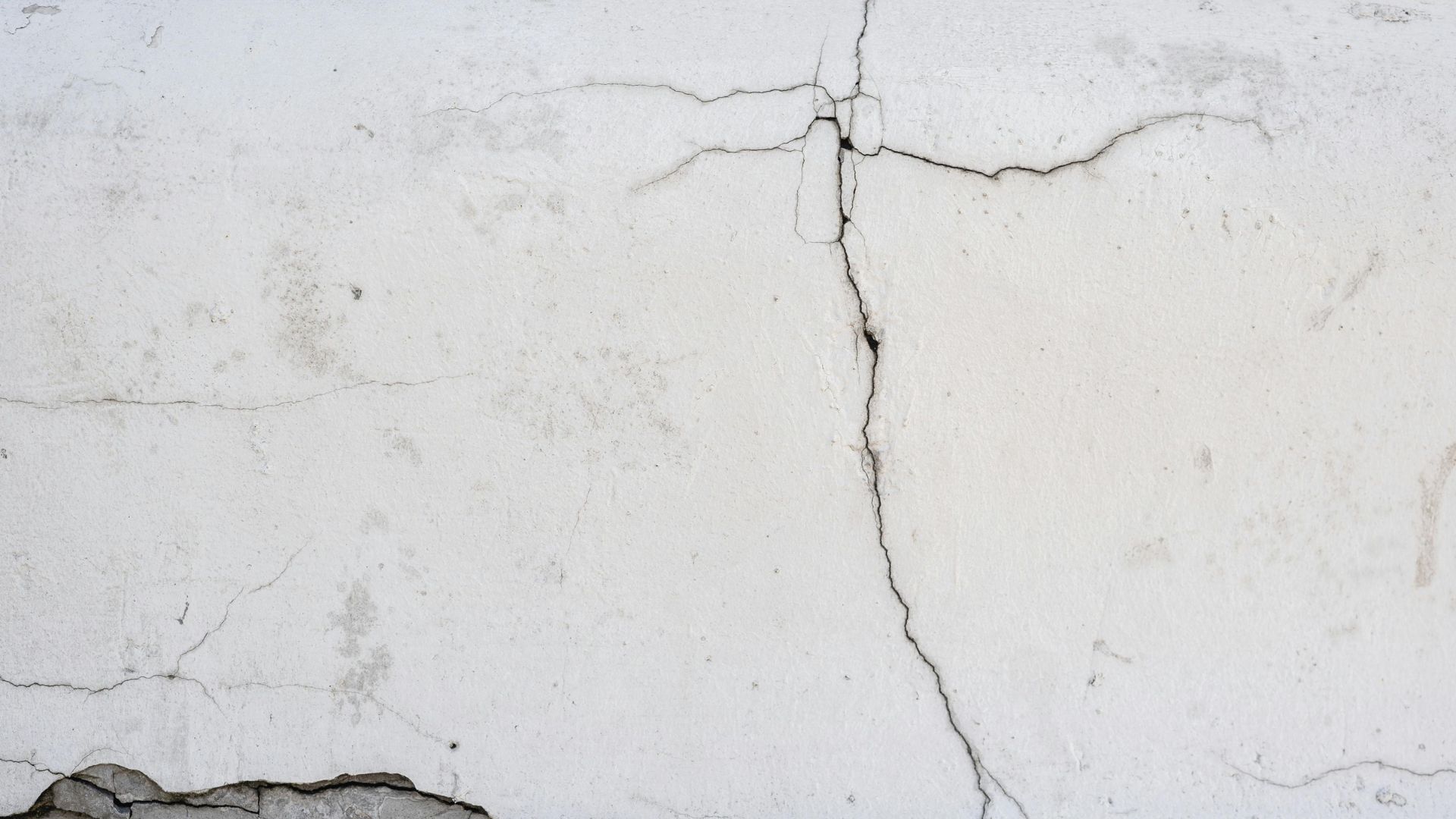
Various videos have appeared on social media, as people in Japan post the experiences that they had when this potentially dangerous earthquake hit.
One video shows many people hiding under tables in a bowling alley, with TV screens swaying severely over their heads.
Scary Videos Flood Social Media

Meanwhile, other videos posted online show a parked car rocking because of the shaking of the ground. In the distance, one can also see a home’s walls swaying during the quake.
Another video depicts what a shopping mall experienced during this event, as clothes on racks can be seen swaying.
An Earthquake on the Ring of Fire
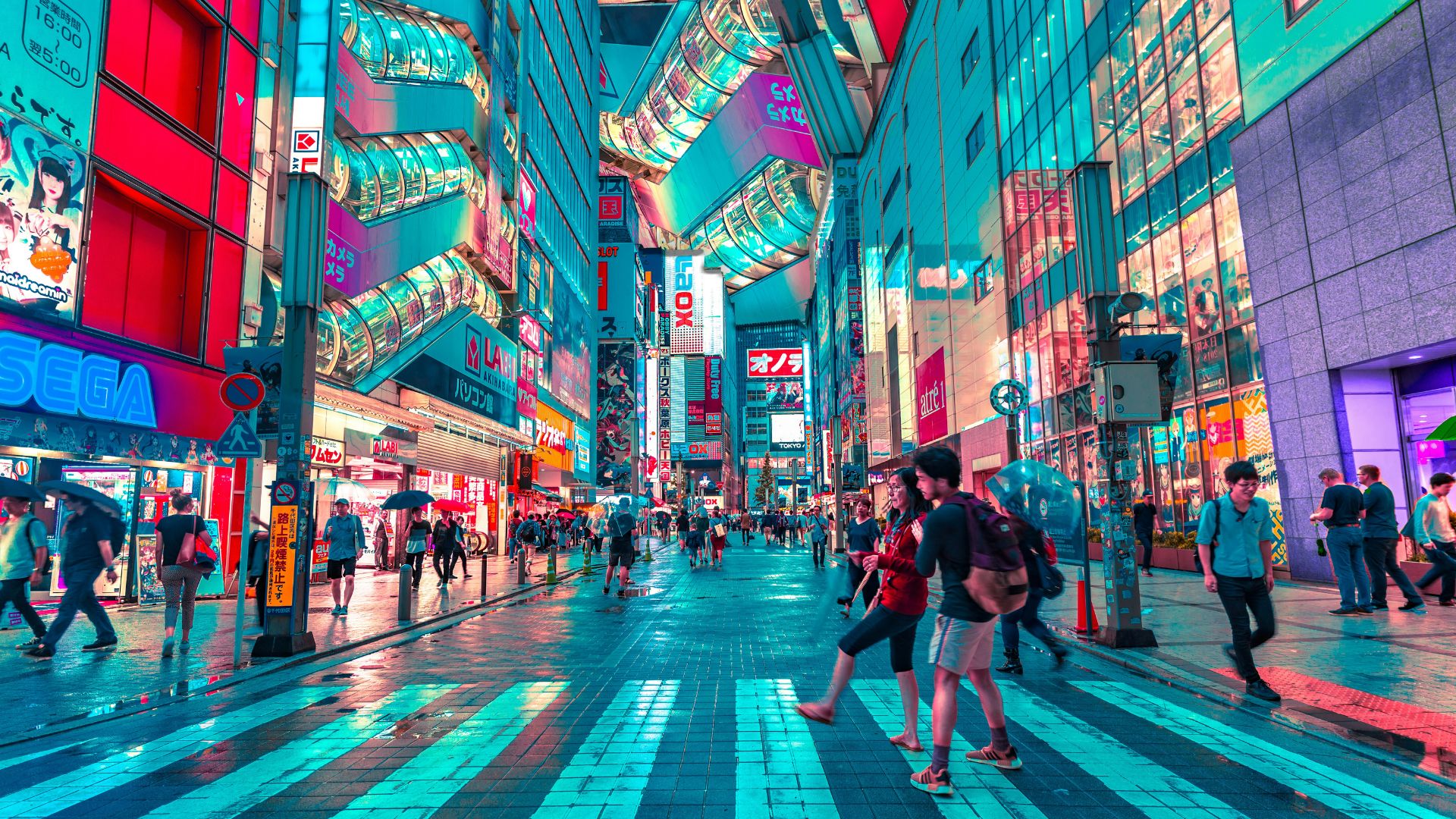
Unfortunately, earthquakes aren’t uncommon in Japan, as the country sits on the “Ring of Fire” in the Pacific.
The “Ring of Fire” is a line of seismic faults that appear to encircle the Pacific Ocean. As a result, quakes can often happen — something Japan knows about all too well.
A Tsunami Warning Was Issued

Because of where this earthquake was located, officials issued a tsunami warning for much of the region.
This warning was in place for many coastal areas, including the islands of Kyushu and Shikoku, both of which are in the south.
Where a Tsunami Could Hit

Meanwhile, a tsunami forecast was made, which warned an even larger area of Japan, as changes in sea level could occur in this wider area.
As a result, this forecast was issued for regions as far north as Chiba Prefecture’s Boso Peninsula.
The Most Impacted Regions
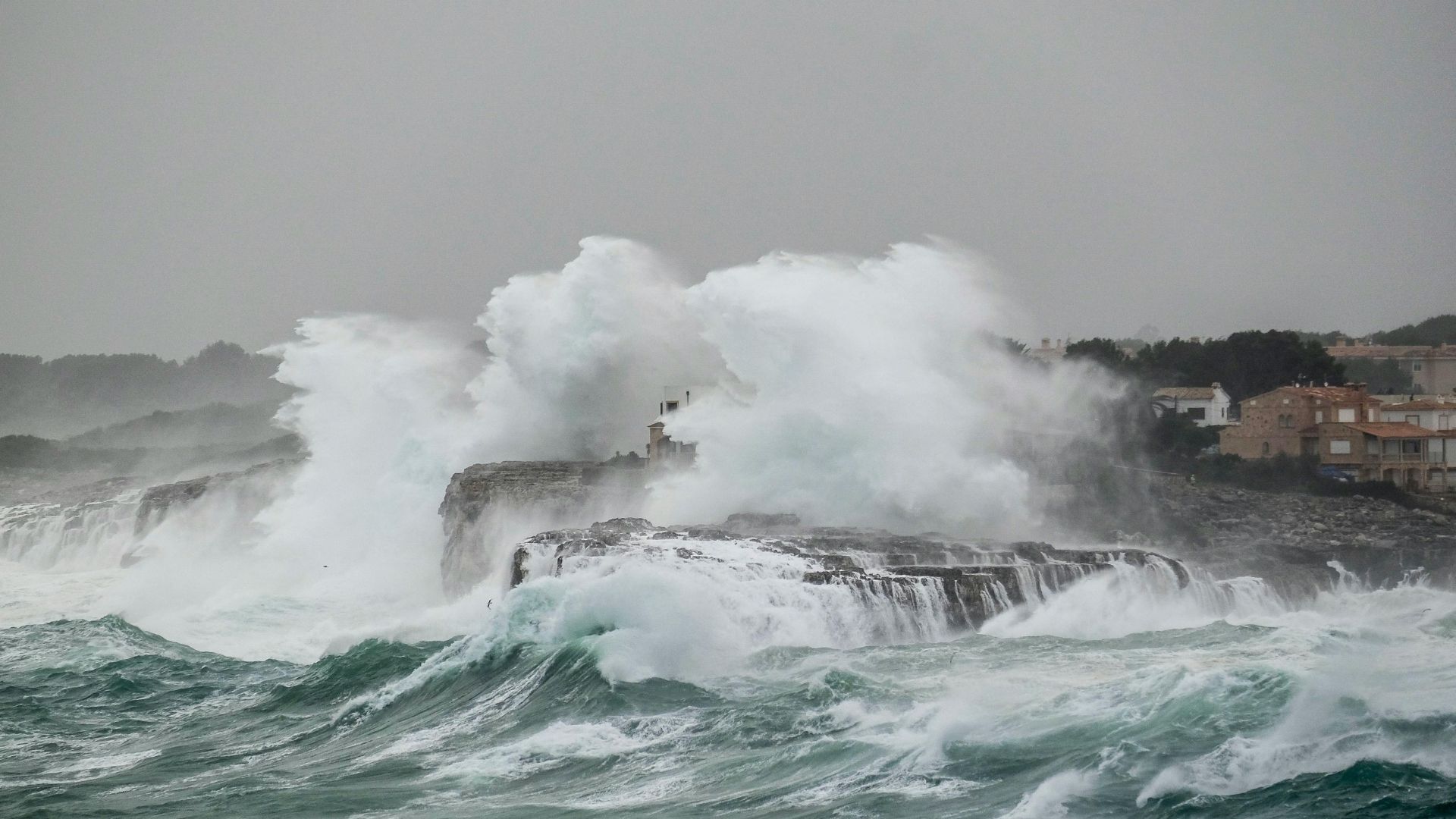
This earthquake could have set off a tsunami that could affect many areas of Japan. Warnings were, therefore, extended to other regions, such as the Kagoshima and Ehime prefectures.
However, the public broadcaster NHK stated that the Miyazaki prefecture could be impacted the most by this potential tsunami.
Large Tsunami Waves Forecasted
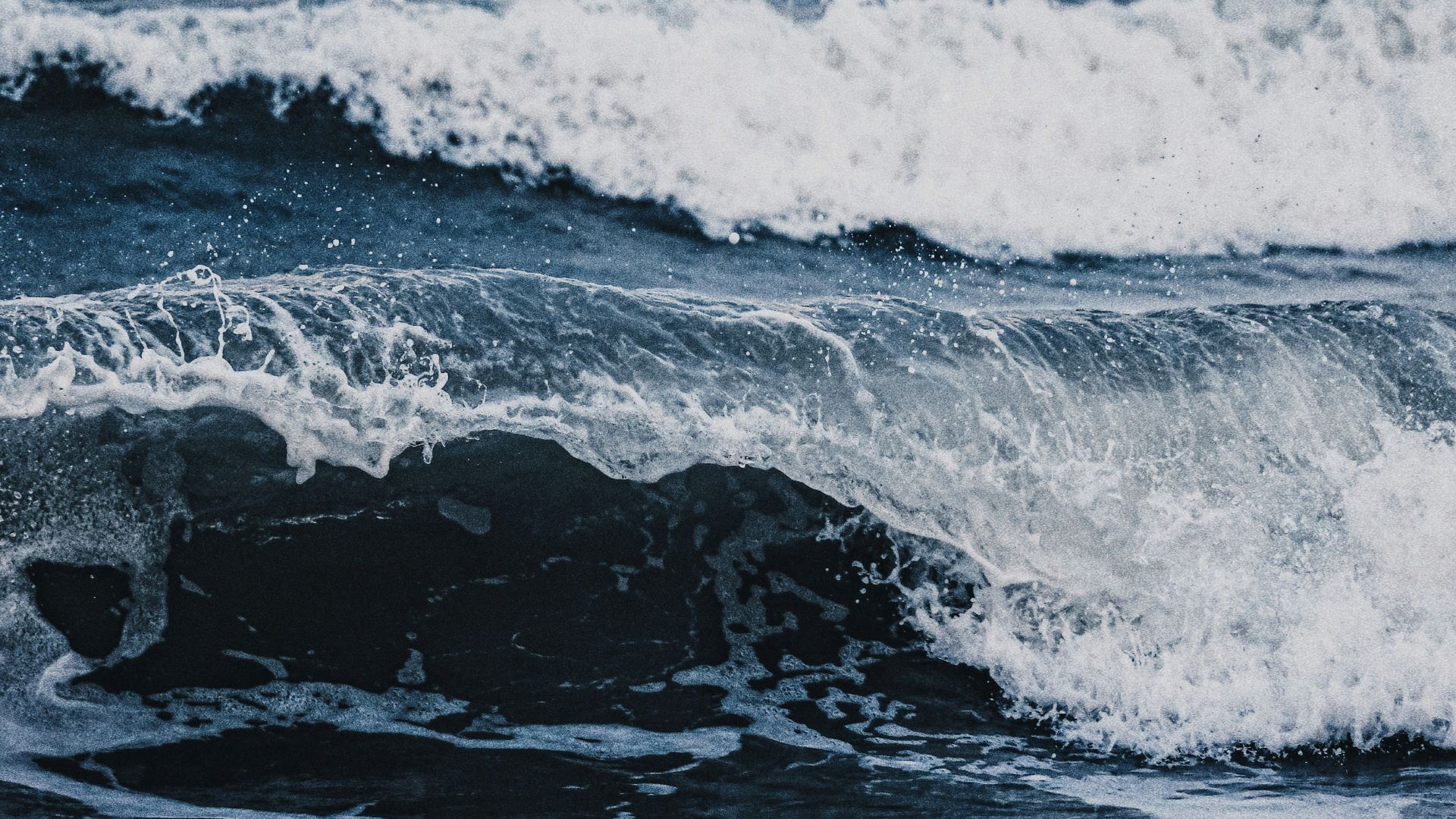
Unfortunately, large tsunami waves were already forecasted as a result of this severe earthquake.
Experts explained that waves as large as 1 meter (3 feet) could reach Kagoshima, Miyazaki, Kochi and Oita. Other islands could also be hit hard by these enormous waves.
Warnings of a Tsunami
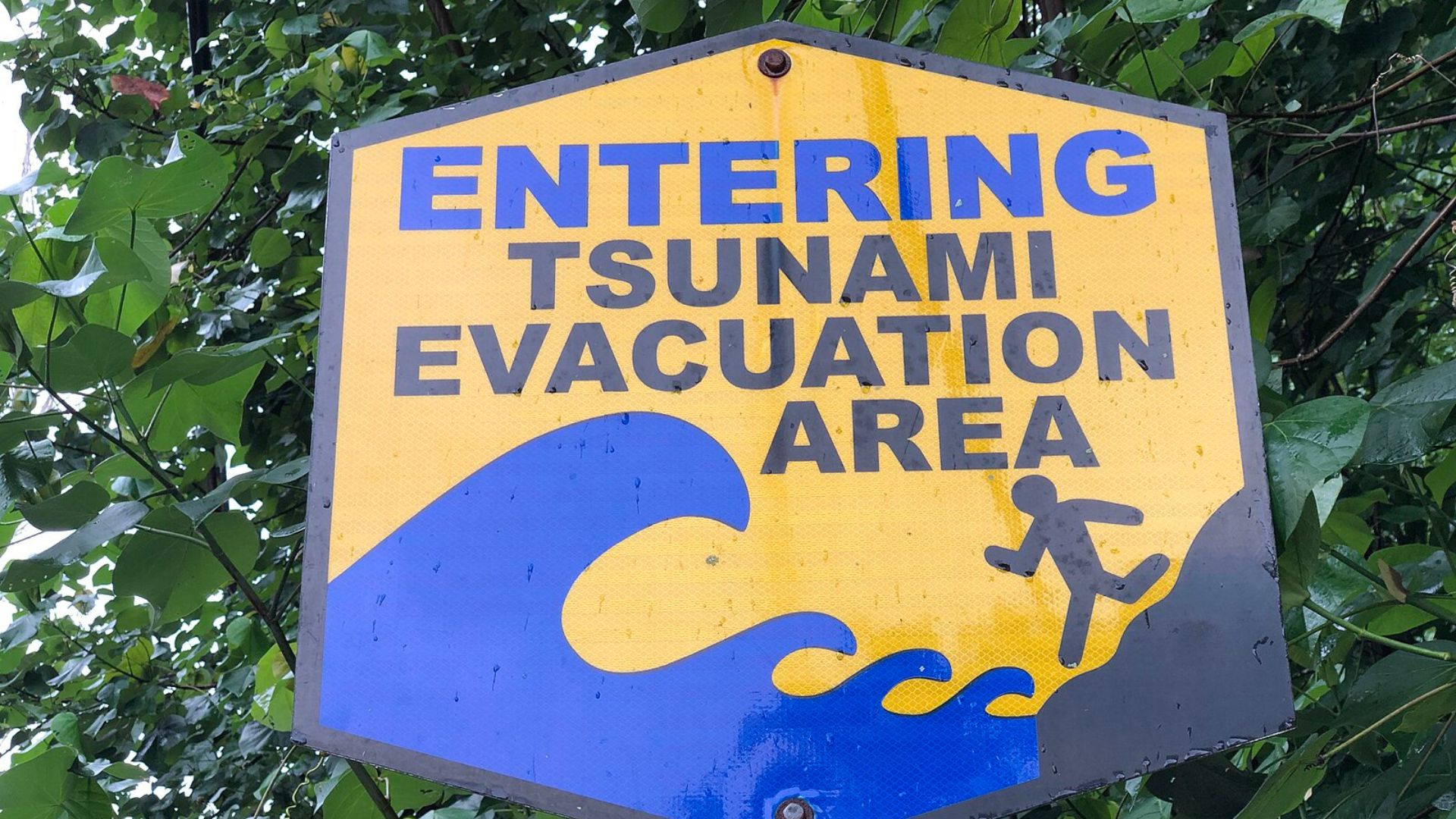
Japan released its advisory after the earthquake struck Kyushu.
The tremors caused relatively minimal damage on the island. According to NBC News, the largest tsunami wave it produced would have risen up to your knees. The main worry of seismologists was that this earthquake could create enough stress to trigger an even bigger quake that could cause exponentially more damage.
Triggering a Megaquake
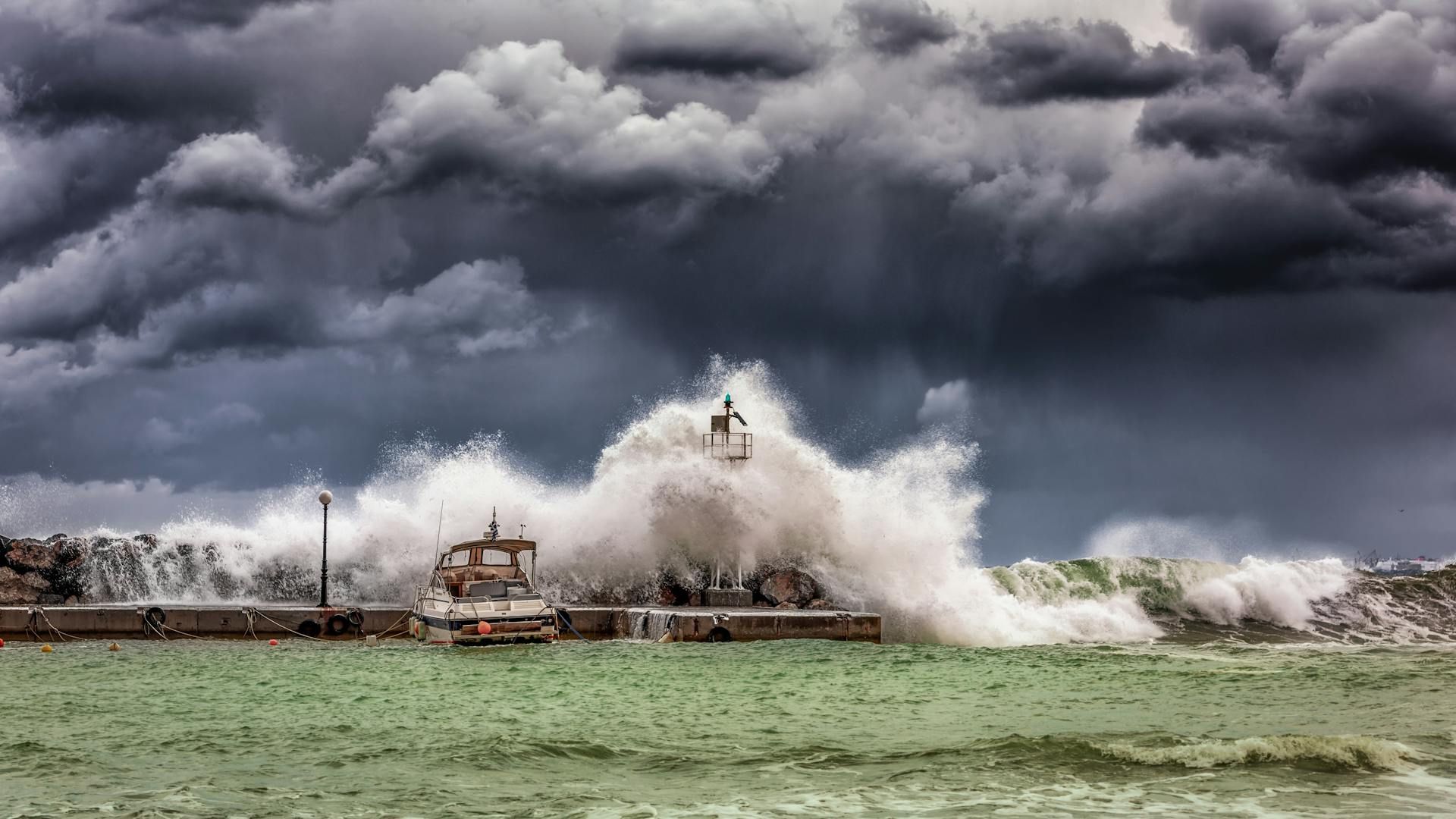
The earthquake in Kyushu concerned seismologists about triggering an earthquake on the Nankai trough.
The Nankai trough is one of the most dangerous earthquake faults in Japan. The subduction zone has the potential to create 100-foot-tall tsunami waves. A tsunami of such magnitude could kill nearly a third of a million people, according to Japanese government estimates.
Preparing for a Tsunami
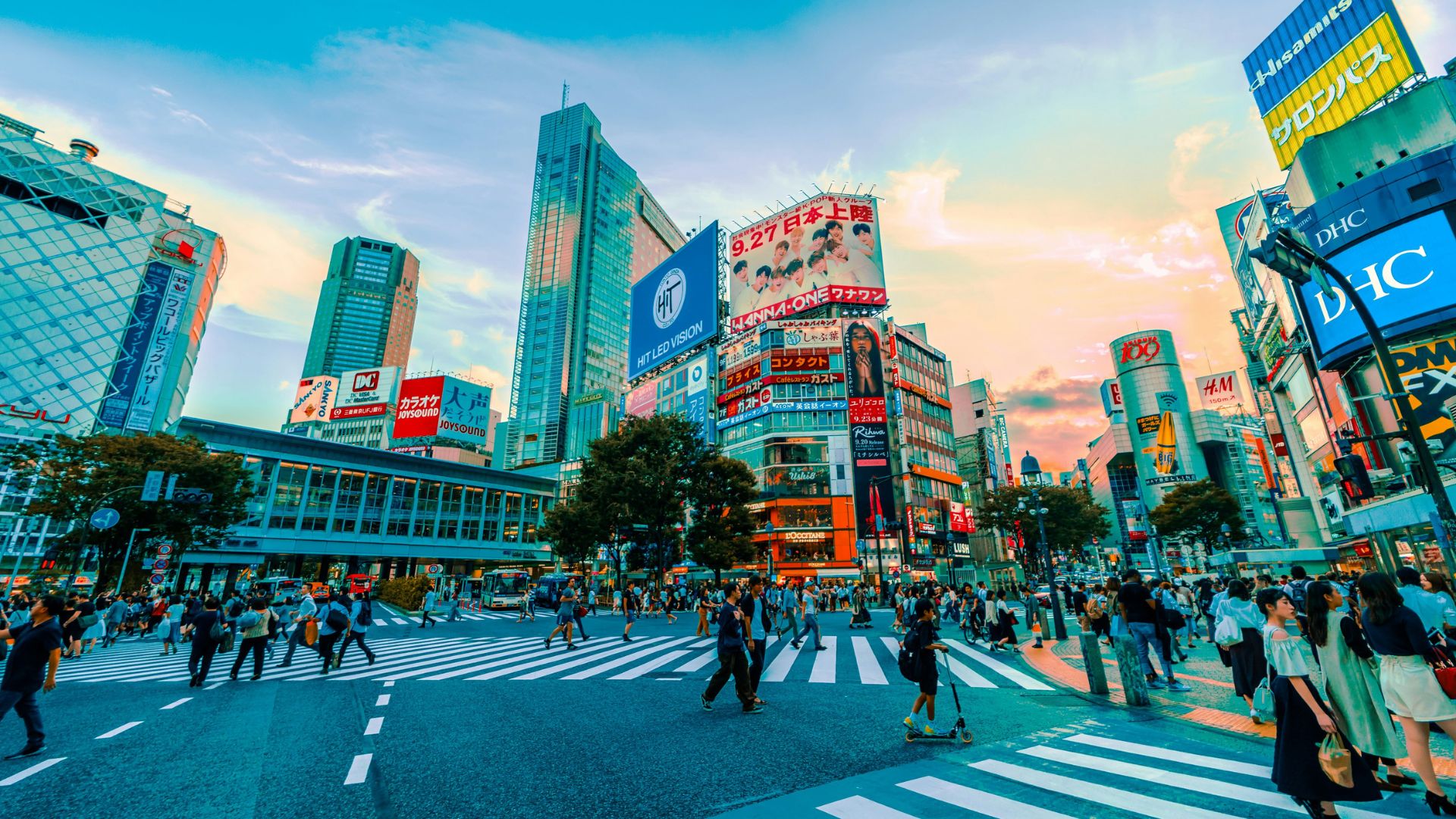
Japan worked to prepare for this possible tsunami. As the country is well used to earthquakes and tsunamis, many preparations were already in place.
However, the company also suspended its bullet train services, simply as a precaution before this tsunami event.
An Advisory for a Tsunami
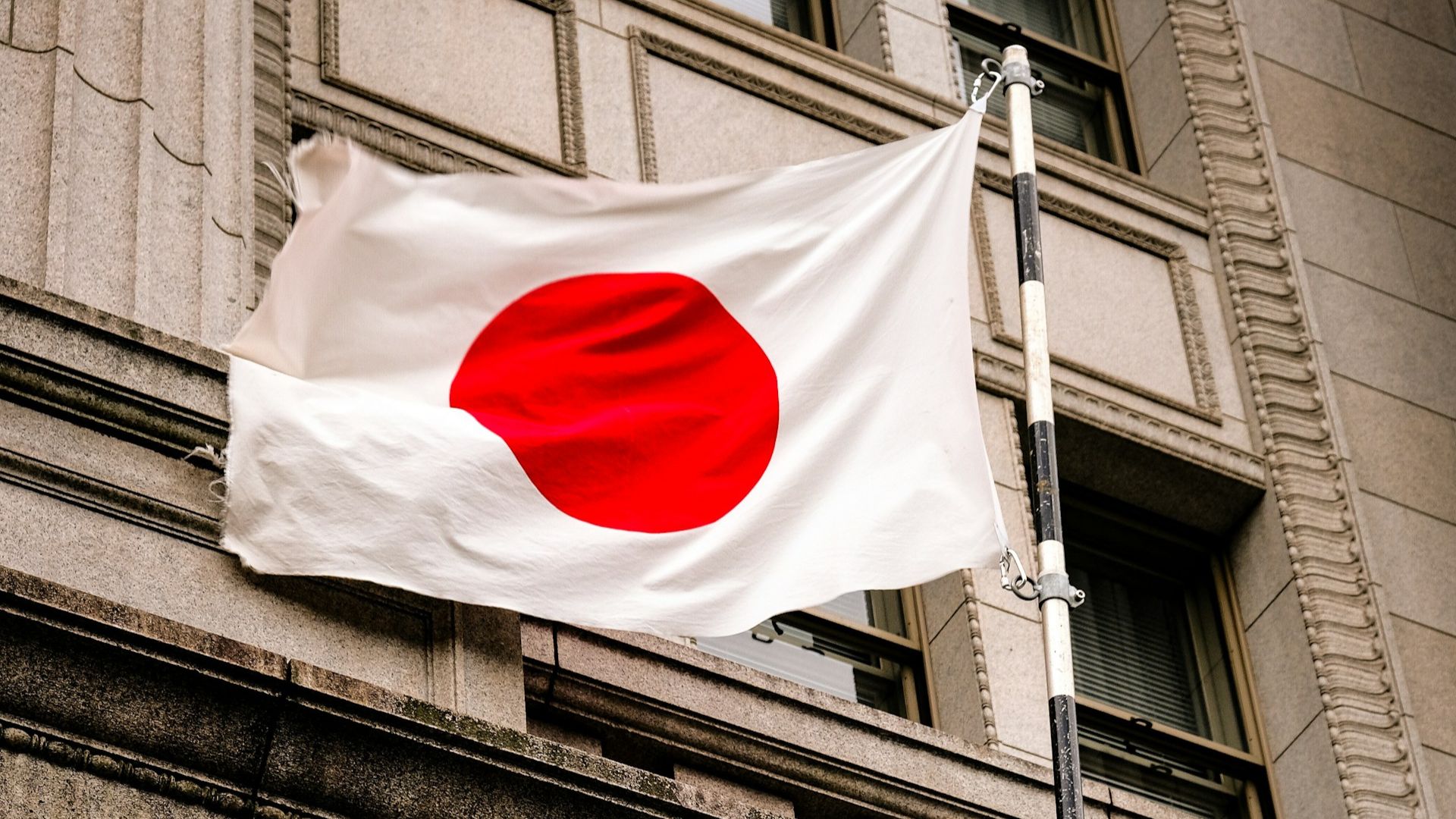
The Japanese government issued its first-ever megaquake advisory to the public.
The advisory called on officials to close beaches, cancel firework displays and slow down trains. In the meantime, the public rushed to stock up on emergency supplies. The government called on residents to be prepared to flee at a moment’s notice.
No Injuries Reported
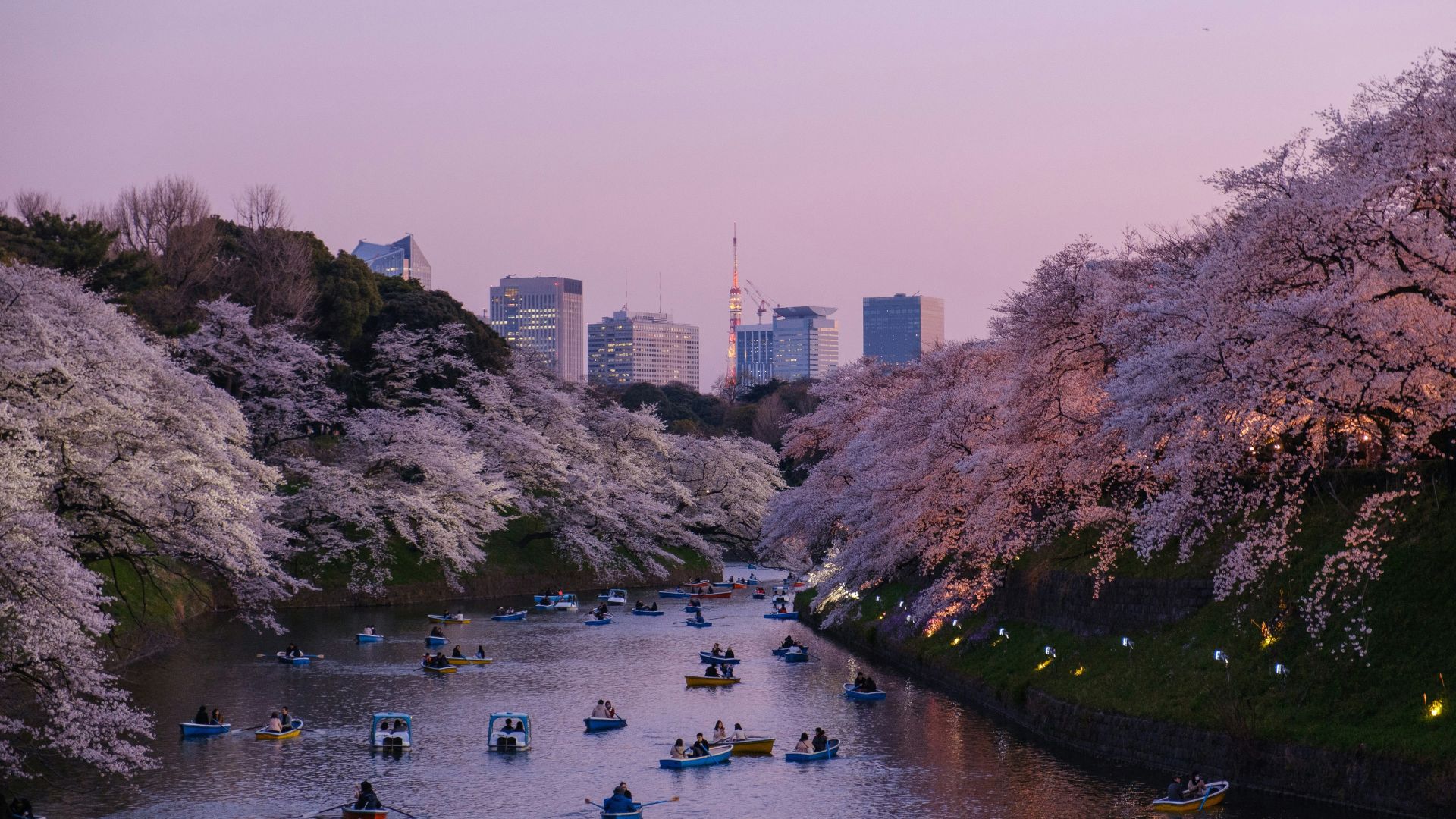
After this quake, it appears there have not been any major injuries or deaths reported. However, some damages have occurred, as broken windows at a Miyazaki airport have been reported.
Now, concerns remain as the country anticipates the possibility of other tsunamis, which could bring further danger to Japan.
The End to the Advisory Period

While the official advisory period has come to an end, government officials in Japan still warn the public to be vigilant.
A Cabinet Office disaster response official, Tsukasa Morikubo, said the end of the advisory period does not mean there is no risk of a megaquake. “A next major one can hit anytime, anywhere,” said Morikubo.
High Risk of a Megaquake
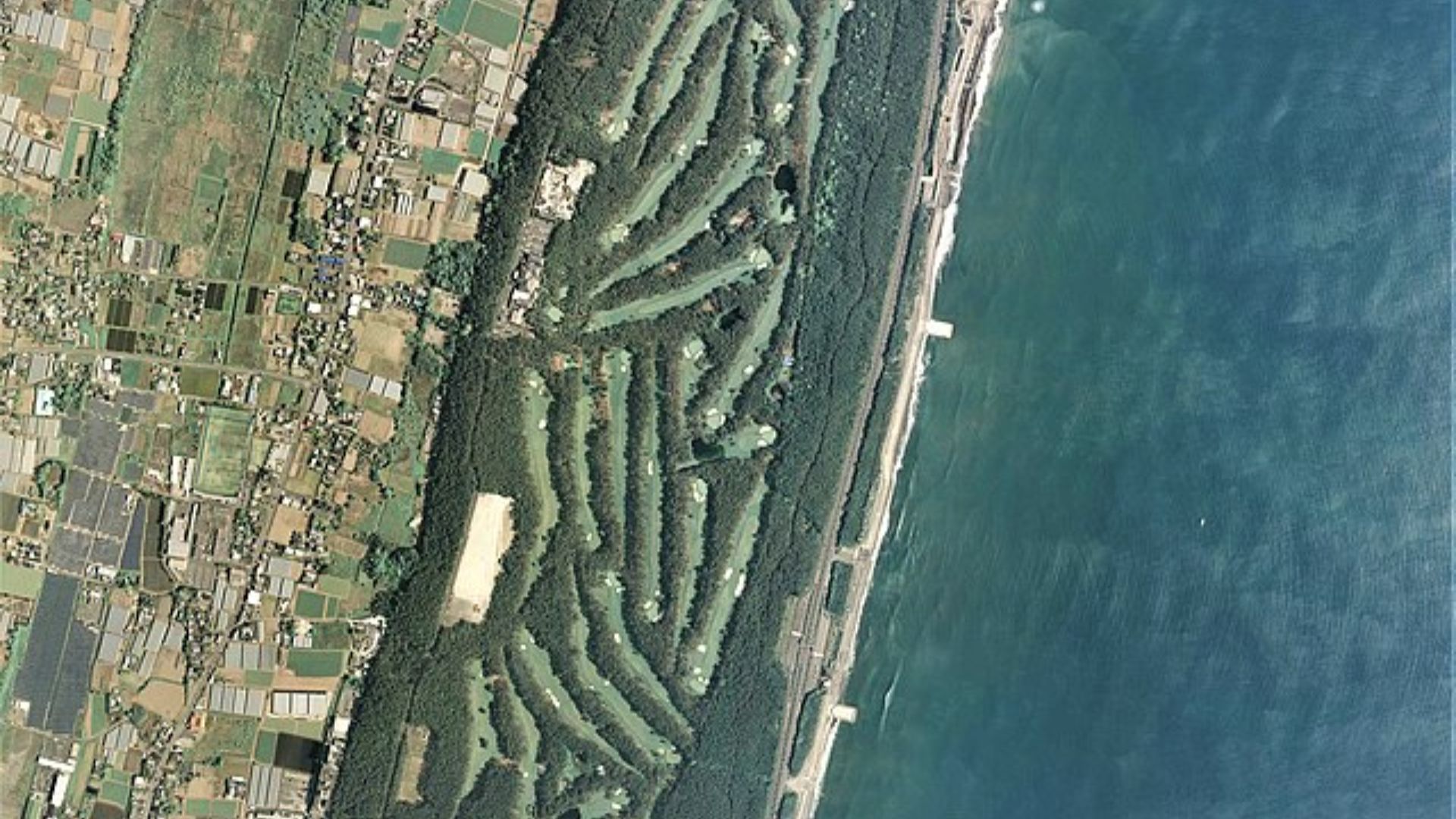
While the official advisory is over, the likelihood of a megaquake is still high over the next few decades.
There is a 70 to 80% chance of a magnitude 8 or 9 quake associated with the Nankai trough within the next 30 years. However, seismologists say the location or specific timeframe for this megaquake remains unknown.
Warning Signs Back Home

American seismologists are seeing the signs of a serious earthquake on the West Coast back home.
In comparison to the warnings issued in Japan, “we don’t have such a protocol,” says Harold Tobin, a Washington state seismologist. The U.S. West Coast sits on the Cascadia subduction zone, an earthquake fault that is similarly dangerous to those around Japan.
The Risk of a West Coast Quake
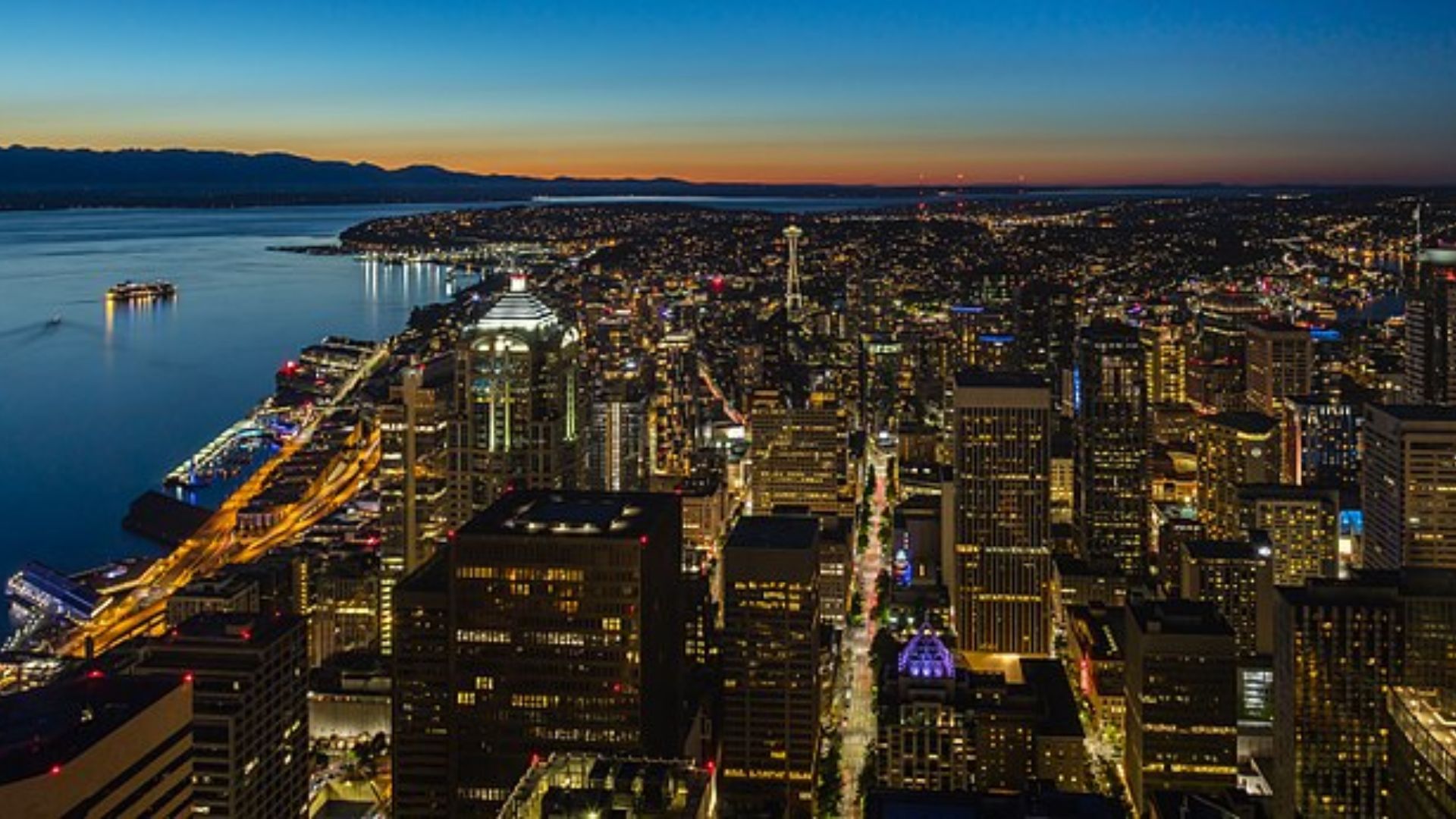
According to the Federal Emergency Management Agency, an earthquake on the Cascadia fault would pose a grave threat to American lives.
A magnitude-9 earthquake on this fault would kill approximately 14,000 people in Oregon and Washington.
A Historical Fault
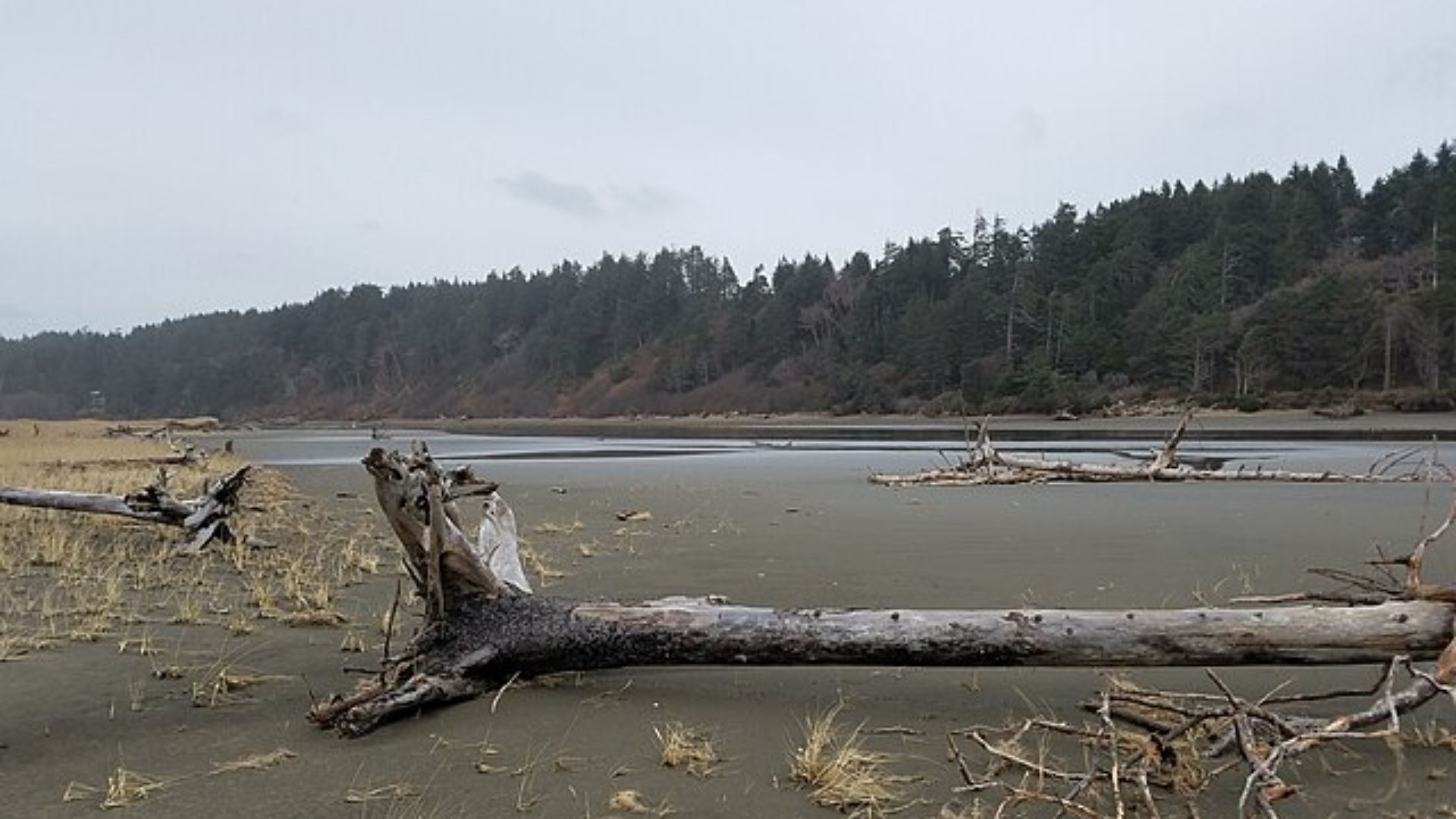
An earthquake associated with the Cascadia fault has happened before.
In the year 1700, an earthquake took place that caused a forest to lurch downward by more than three feet. The quake triggered a tsunami reaching 100 feet high, tearing through the forest at 20 or 30 miles per hour. Nowadays, a series of dead cedar trees tell the story of the violent earthquake.
Japan Has Recorded American Earthquakes
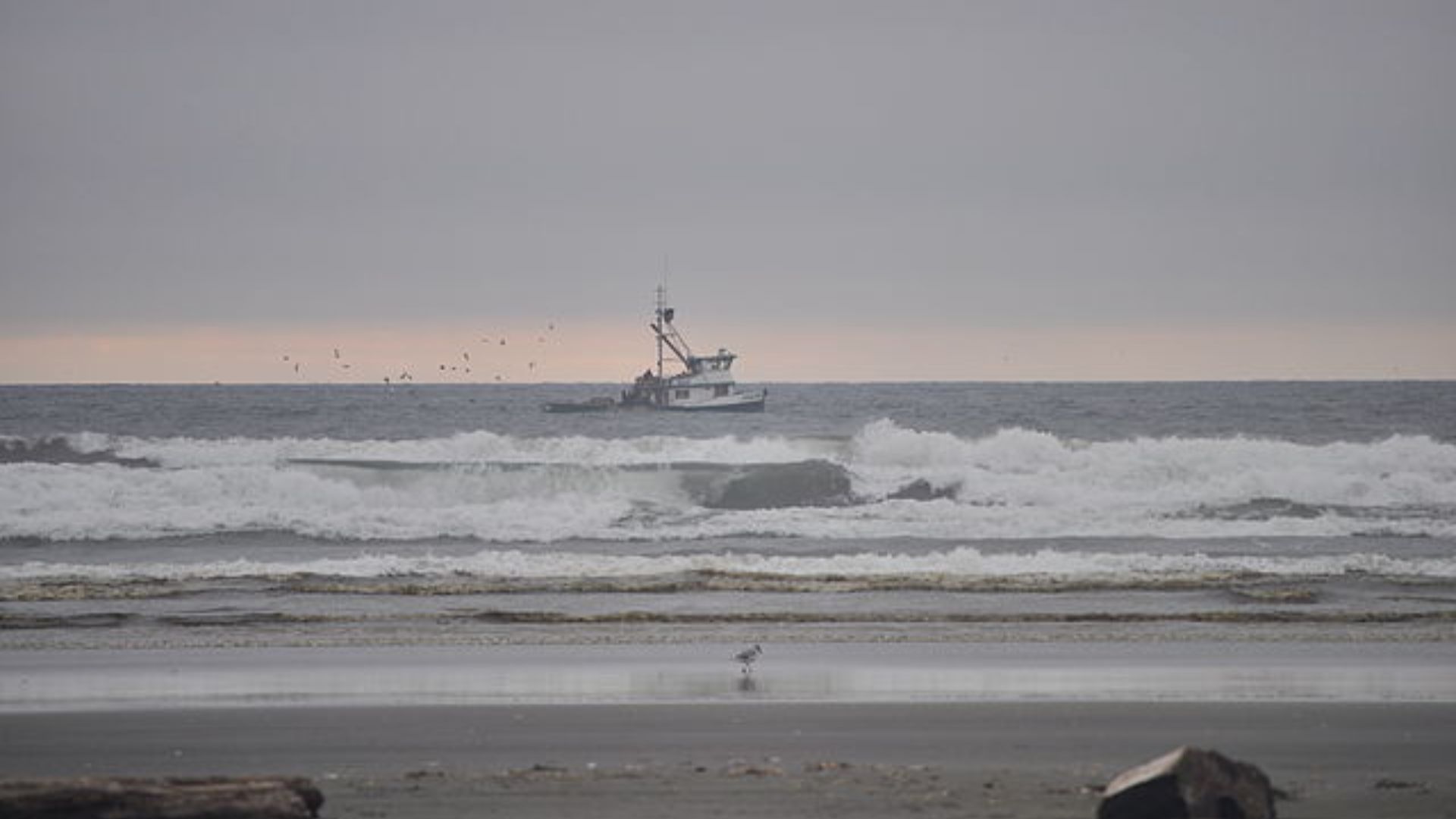
It would make sense to take heed of earthquakes in Japan as its most dangerous fault, the Nankai trough, is very similar to the Cascadian fault.
Not only are the faults similar, but Japan has recorded some of America’s most powerful earthquakes on the West Coast. “Some of the very best written records of our tsunami in 1700 come from Nankai,” said Brian Atwater, a USGS geologist emeritus.
A Huge Natural Disaster
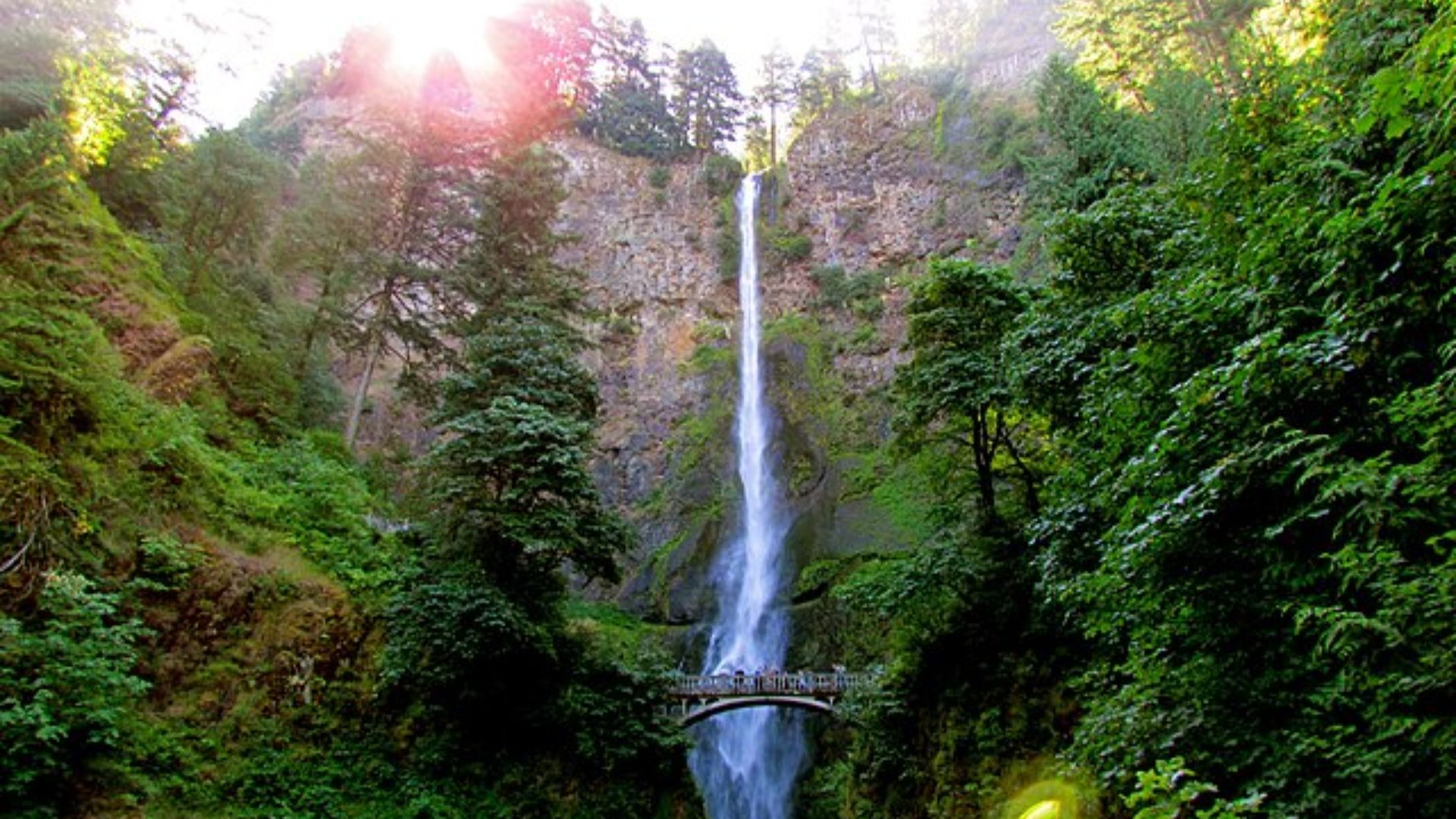
Research suggests there were at least 30 earthquakes over the last 14,200 years along the Cascadia subduction zone.
This zone runs from Northern California to northern Vancouver Island. A large earthquake is estimated to take place every 450 to 500 years. “It’s going to be the worst natural disaster in our country’s history,” said Robert Ezelle, the director of Washington state’s emergency management division.
Whether to Tell the Public
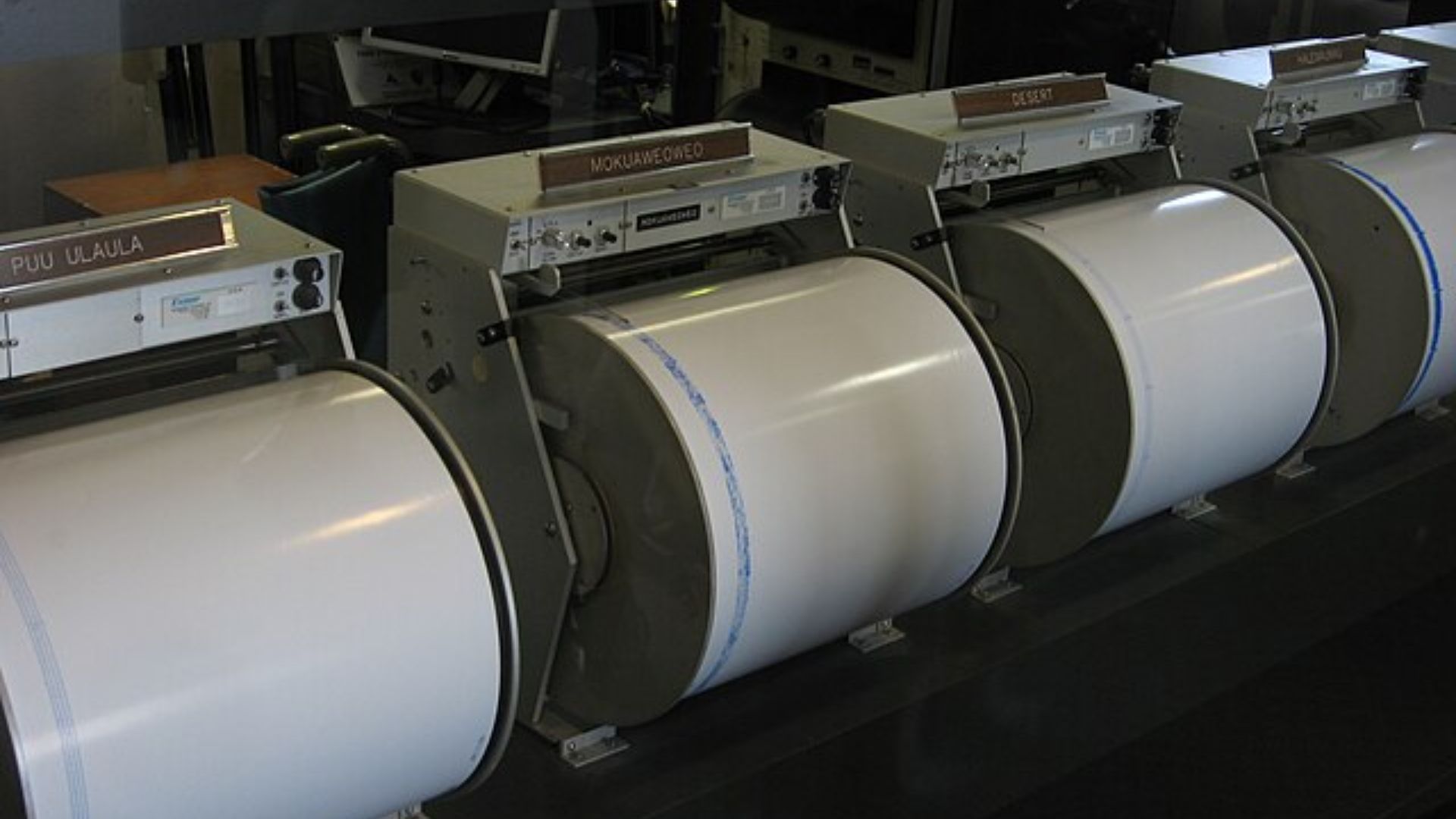
The recent quake that hit Kyushu has raised questions about a similar risk of a tsunami on the West Coast.
Tobin has wondered for years when he should sound the alarm when he discovers clues that an earthquake could hit Oregon and Washington. “You don’t want a mass evacuation panic that’s not warranted, but you want people not to go on their merry ways,” said Tobin.
A Tale of Two Earthquakes
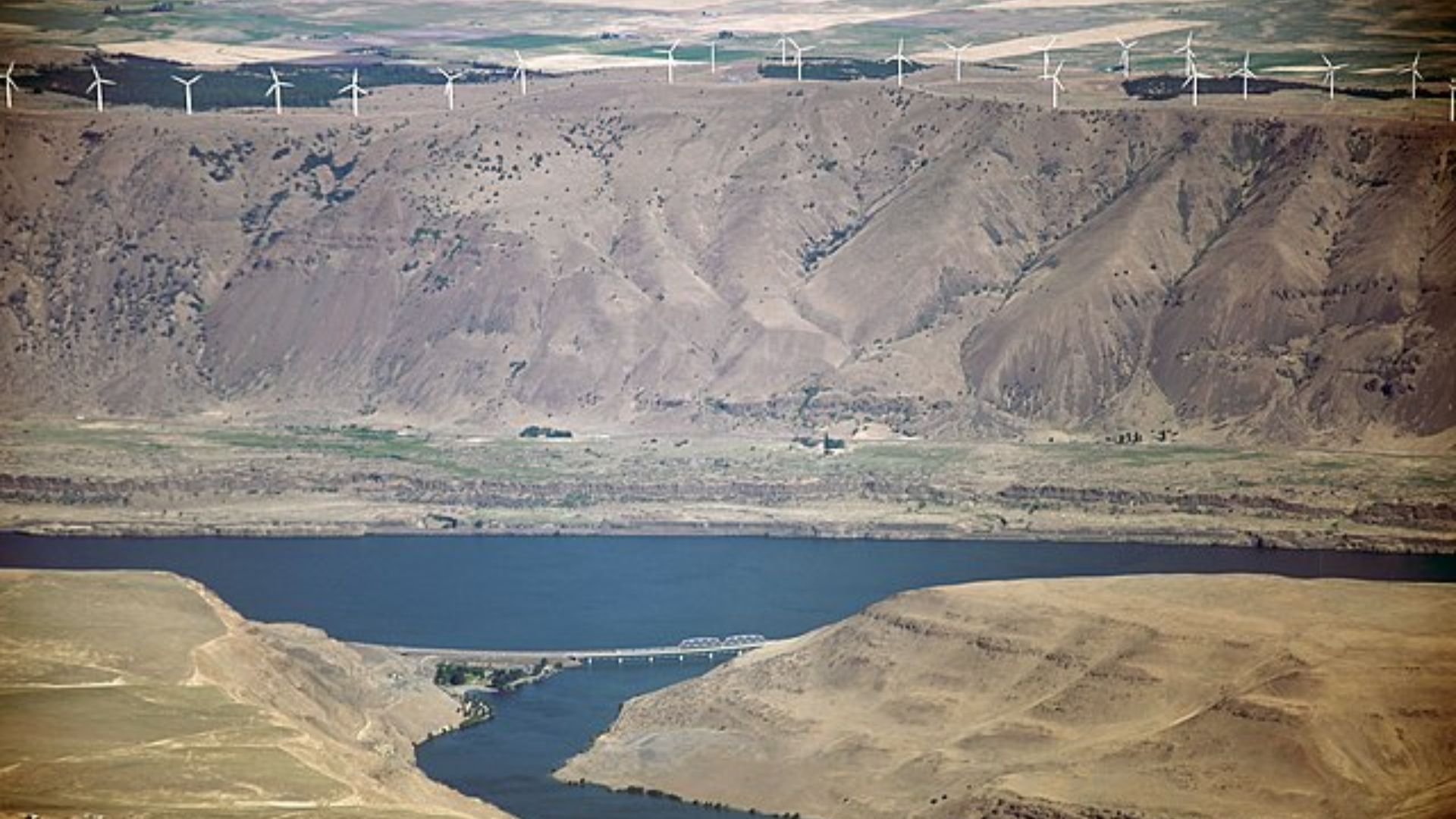
Both Japan and the U.S. are constantly on the cusp of a devastating megaquake.
However, while Japanese officials have warned the public and precautions have been taken, America is not ready. If a major Cascadian earthquake hits, it could injure more than 100,000 people. “It would be neighbors taking care of neighbors,” said Ezelle.
